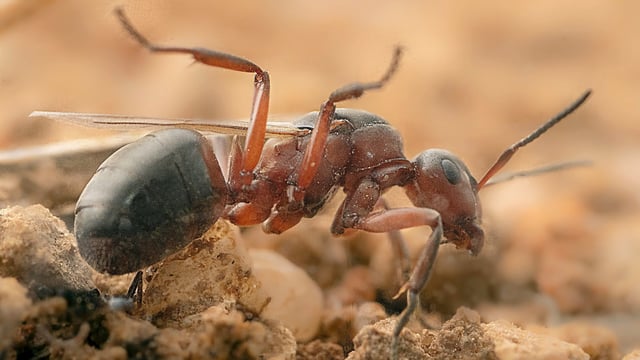Overview
- Researchers from NJIT identified Basiceros enana, the first fossil dirt ant found in the Caribbean, preserved in Dominican amber from the Miocene epoch.
- Basiceros enana, measuring 5.13 mm, is the smallest known member of its genus and shows early crypsis adaptations such as specialized hairs for soil camouflage.
- Advanced Micro-CT scanning and 3D reconstruction techniques enabled detailed morphological analysis of the fossil, revealing traits shared with modern dirt ants.
- The presence of Basiceros ants in the Caribbean suggests ancient land bridges may have facilitated their migration from mainland regions.
- Scientists are investigating Miocene ecological changes, including niche loss and interspecific competition, as potential causes of the ants' extinction in the region.


